At this time of the year, many of us might wish we were in Hawaii because of the cold weather we are experiencing. Hawaii has a long history with agricultural education and the FFA that might surprise you. At the recent NAAE convention in Phoenix I was talking with a small group of teachers, and they were surprised to learn that Hawaii was affiliated with the national FFA long before Hawaii was a state. And they were even more surprised to learn that Hawaii had a national FFA officer in the 1930s (Stevenson Ching).
What may be even more surprising would be to learn that agricultural education and manual training programs found in Hawaii in the 1800s had a major impact on the development of vocational education in America. In this Footnote, we will explore the connection between early vocational education in Hawaii and America. We will also learn about the pre-Smith-Hughes agricultural education found in Hawaii. Next week we will focus on FFA and modern programs of agricultural education in Hawaii.
The Beginnings of Agricultural Education in Hawaii
When the English navigator Captain James Cook discovered the Hawaiian Islands in 1778 he was amazed that 300,000 people inhabited the islands (then called the Sandwich Islands). Later, in 1820 a small band of American missionaries went to Hawaii to educate and enlighten the natives. One of the missionaries was Daniel Chamberlain, a New England farmer who believed instruction in agriculture would be desirable for the native Hawaiians.
In 1831 a high school, Lahainaluna, was established by a religious group on the island of Maui. This was the first high school west of the Rockies. The school was given a large tract of land by Kalakua, wife of the governor of Maui. The students lived at the school and a manual labor system was implemented. The students did field work and some formal instruction in agriculture was given. This was long before many U.S. states had high schools or even thought about teaching agriculture.
In 1849 Lahainaluna High School was transferred to the Hawaiian government. The school still exists today and has an agricultural education program that focuses on natural resources. There is a YouTube video about the agriculture program at https://www.youtube.com/watch?v=icWsCBssaL4. This might be the oldest secondary agricultural education program in the United States.
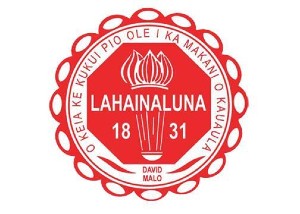
Figure 1. The Lahainaluna High School Seal
In 1836 the Hilo Boarding School was founded by David Belden Lyman, an American missionary. All boys were required to work for 3 ½ hours daily, mostly in food production. In 1909 Frederick Clowes was hired to formally teach agriculture at Hilo. He managed the school farm and taught classes in carpentry, blacksmithing, harness work and cement work. The school was discontinued in 1925.
Introducing General Samuel Armstrong
Samuel Armstrong was born in 1839 in Wailuku, Maui, Kingdom of Hawaii. He was the son of American missionaries serving in Hawaii. Armstrong’s father later served as Minister of Education and then as Superintendent of Public Instruction in the kingdom of Hawaii. His father advocated manual labor and the study of agriculture in the schools. Samuel Armstrong visited the schools at Lahainaluna and Hilo while growing up and was familiar with their vocational emphasis.
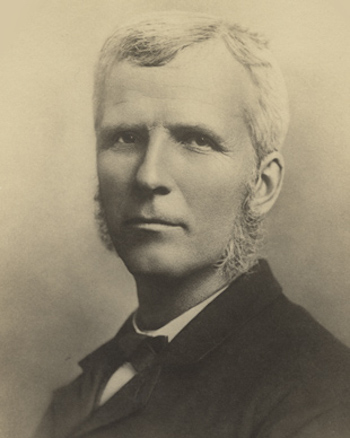
Figure 2. Samuel C. Armstrong
After his father died in 1860, Armstrong followed his father’s wishes and sailed to America where he enlisted in the Union army. During the Civil War Armstrong was in charge of units of African American soldiers. After the Civil War, he was discharged from the Army after attaining the rank of General. Armstrong saw the need to educate the freed slaves and established the Hampton Normal and Agricultural Institute in Virginia in 1868. At Hampton, Armstrong implemented many of the vocational educational components he had experienced growing up in Hawaii. In describing the goal of the school he stated (History, nd):
“The thing to be done was clear: to train selected Negro youth who should go out and teach and lead their people first by example, by getting land and homes; to give them not a dollar that they could earn for themselves; to teach respect for labor, to replace stupid drudgery with skilled hands, and in this way to build up an industrial system for the sake not only of self-support and intelligent labor, but also for the sake of character.”
Practical experience in trades and industrial skills were emphasized. Students were able to pay their way through school by working in various jobs found on campus.
Lyman Abbott was the editor of The Outlook, a weekly magazine that focused on social and political issues. In the July 25, 1917 issue of The Outlook Abbott writes of a visit to Hampton Institute:
Last March I met at Hampton Institute a delegation of educational experts who had been selected by the Rockefeller Foundation to study the methods of what is probably the most efficient vocational school in the United States, if not in the world, and report on them. The immediate object of this investigation was to get at the truth; but its ultimate object, I do not doubt, was to get the advantage of this truth in promoting a better type of vocational training throughout the United States. Among this delegation I had the good fortune to fall in with Mr. Rufus W. Stimson, one of the educational inspectors of the State of Massachusetts especially intrusted (sic) with the supervision of the agricultural schools of that state.
Booker T. Washington was educated at Hampton and later applied the principles he learned at Hampton to the Tuskegee Institute. From Abbot’s article we know that Stimson was familiar with the educational methods used at Hampton Institute and was one of the leading champions of agricultural education during the formative years of vocational education in America.
The Virginia Museum of History and Culture reports that:
Both Hampton Institute and Tuskegee Institute trained “an army of black educators,” and those teachers emphasized self-improvement and job training to enable black students to become gainfully employed and self-supporting as craftsmen or industrial workers.
So, we can say with some degree of confidence that the development of agricultural education and manual training programs found in Hawaii had an influence on the development of vocational education in America.
Gardening – The Precursor to Vocational Agriculture
Long before Hawaii implemented Smith-Hughes agricultural education, it had a strong gardening program. The Honolulu Star-Bulletin (December 30, 1916) had an entire page devoted to the school gardening contest they sponsored.
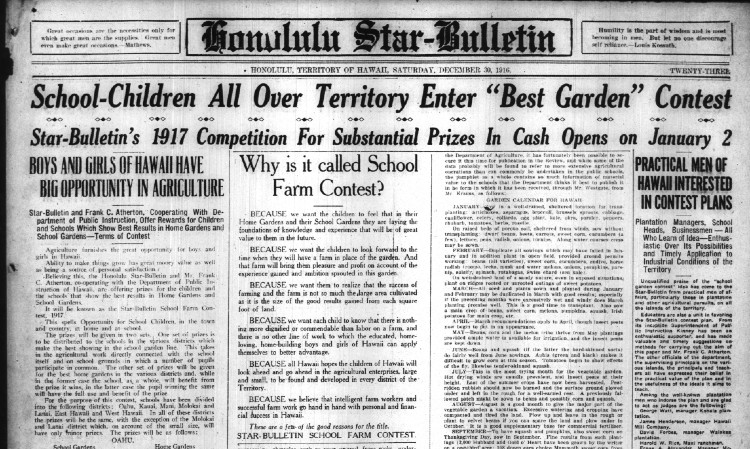
Figure 3. Honolulu Star-Bulletin, December 30, 1916
The first school garden in Hawaii was started at the Hilo Boys and Girls School in 1853 followed shortly thereafter by Lahainaluna High School. In 1900 J. E. Higgins was appointed teacher of agriculture for the Honolulu schools. His work in seven schools focused on growing vegetables flowers, sorghum, sweet potatoes, strawberries, corn, carrots and the beautification of school grounds. In 1908 an itinerant (traveling) agricultural teacher was appointed for each of the major islands. The instruction was primarily prevocational and focused on practical instruction in gardening.
In 1907 Governor Farrington organized a school gardening competition which led to many schools starting gardening programs. By 1910 every school in Hawaii had gardening integrated into the curriculum. The following article from The Honolulu Advertiser dated October 14, 1910 indicates that over 9,000 school children were engaged in the gardening program.
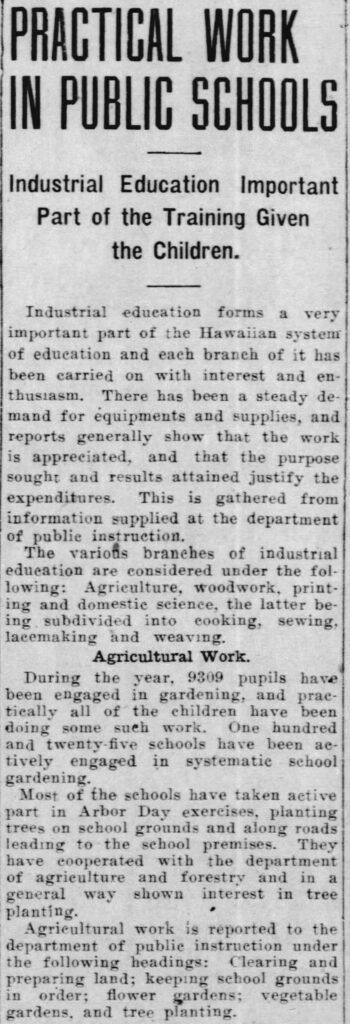
Figure 4. From The Honolulu Advertiser, October 14, 1910.
The newspapers were supportive of the school gardening program. The Honolulu Star-Bulletin encouraged garden students to write short articles about their gardens. This not only promoted the garden work but enhanced student writing skills. Figure 5 contains an assortment of student letters to the Honolulu Star-Bulletin from 1925.
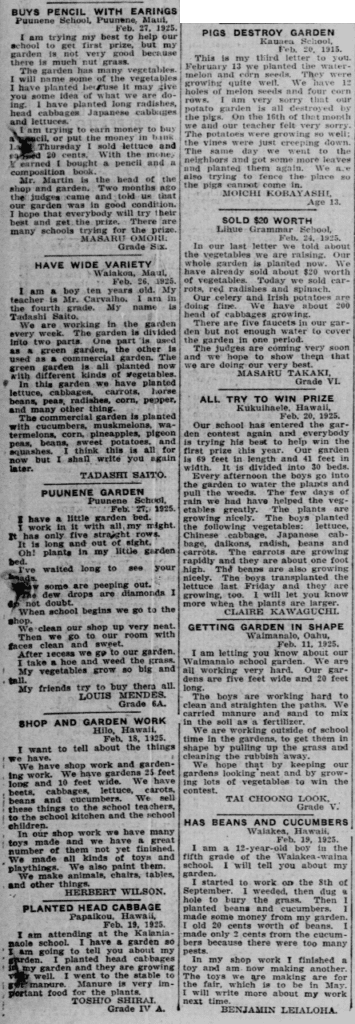
Figure 5. Letters written by gardening students to The Honolulu Star-Bulletin March 14, 1925. These are typical of the hundreds of letters published over the years,
The public was supportive of the school gardening program as shown in the following note published in The Honolulu Star-Bulletin.
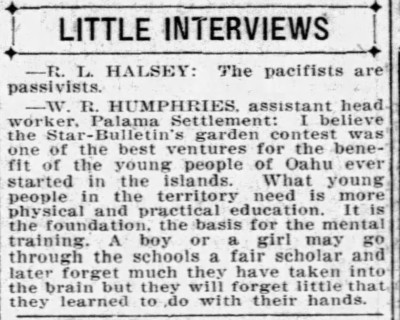
Figure 6. From The Honolulu Star-Bulletin, April 2, 1917.
The Smith-Hughes Act and Hawaii
The original Smith-Hughes Act passed in 1917 applied only to states, thus Hawaii did not initially benefit from the Act. However, Governor Farrington advocated for extending the Smith-Hughes Act to Hawaii which Congress did on March 10, 1924. The provisions of the Act were immediately accepted by Governor Farrington and later by the legislature.
Next week we will continue this Footnote by looking at agricultural education in Hawaii during the Smith-Hughes era and later.
References
History, https://home.hamptonu.edu/about/history/
Stimson, R. & Lathrop, F. (1942).History of Agricultural Education of Less Than College Grade in the United States. Vocational Division Bulletin No. 217. Federal Security Agency. U. S. Government Printing Office.
